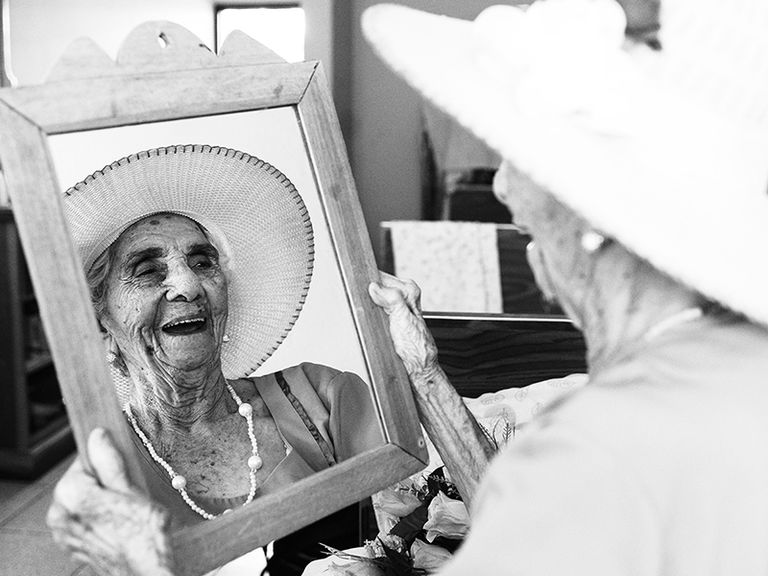Project Detail: How to live to 100?
Contest:
Reportage and Documentary 2020
Brand:
LuganoPhotoDays
Author:
Arianne Clément
Project Info
How to live to 100?
A photo story on aging in the blue zones
How to live to 100?
The COVID-19 pandemic currently gripping the world, in addition to ending the lives of hundreds of thousands of people and causing major socioeconomic upheavals, brings to light the deplorable living conditions of seniors in many countries around the globe. Visits have been banned in residences and care centres for the elderly, the elderly die in complete solitude and thousands of families must go through their grief without being able to gather to mourn their parents or grandparents. This crisis reminds us that aging is terrible. The weakening of family ties, the deterioration of social connections and the precariousness of front-line workers have given rise to a model of geriatric care based on marginalization, a model which has revealed its flaws and forces us to rethink old age.
I have been investigating aging and its challenges for several years, through a series of photographic reports. Which aspects of aging are cultural and which are universal? How do societies, governmental structures, families and the elderly themselves handle aging abroad? What makes some people age gracefully while others decline? Are there places on Earth where aging is easier? What are the different perceptions of aging according to various cultures?
It is with these questions in mind that I have traveled the world in search of different approaches with regards to aging. In recent years I have visited the "blue zones", places renowned for the vitality and well-being of their elderly. The blue zones, designated in 2005 by National Geographic magazine, are the five regions of the world with the highest concentrations of very old people and where life expectancy is exceptionally high because of the lifestyle practiced by their inhabitants.
Counted amongst the blue zones are the province of Ogliastra, on the island of Sardinia in Italy; the Nicoya Peninsula, Costa Rica; the California Seventh-day Adventist community in Loma Linda and surroundings, United States; the Okinawa archipelago in Japan and the island of Ikaria in Greece.
I went to meet the elders of the blue zones, sharing their daily lives, sometimes living under their roof, documenting their lifestyle through photography. I bonded with many of these elderly people and gathered testimonies through which they may share their wisdom, experiences, joys, worries and the challenges they face with us. These stories help to correct pervasive prejudices about aging and to demystify certain beliefs surrounding longevity. This photographic journey, coupled with an anthology of life stories, exposes the richness and complexity of the human experience.
The approach of the inevitable is never easy, but the fact remains that there is beauty in aging, and that serenity in the face of death is something that must be cultivated. This is what the inhabitants of the blue zones teach us. Their teaching is all the more precious since the growing impact of globalized modernity, the changing lifestyle habits of the young generations and the disturbances linked to tourism and the media reveal the fragility of the blue zones and the exceptional character of these elders in human history.
This report, which parallels different lifestyles and varied beliefs around the world, is part of a militant approach to promoting seniors. It is a way of paying tribute to the elderly for the knowledge and values they have transmitted to us and for the social and political struggles they have fought. With nuance and without complacency, I wishe to highlight the importance of the contribution of elders to our modern society and to highlight the richness of their knowledge.
In the context of a pandemic, which exposes the vulnerability of seniors more than ever, the experience of the blue zones invites us to rethink our way of doing things, to favour inclusion rather than marginalization, to draw inspiration from the experience of our ancestors, to cultivate strong ties, both at the family and community level and to give ourselves the collective means to allow the elderly to pursue their lives with dignity.
















